After that, it is better to plant strawberries in autumn and spring: rules for crop rotation and neighborhood
Almost everyone loves strawberries: the fruits ripen among the first in the garden, and their taste is simply excellent. Growing it is not a very difficult process. However, in order to get a large harvest of strawberries, you should properly care for them, and when planting, follow the rules of crop rotation.
Next, you will find out after which garden and garden crops you can and cannot plant strawberries (garden strawberries).
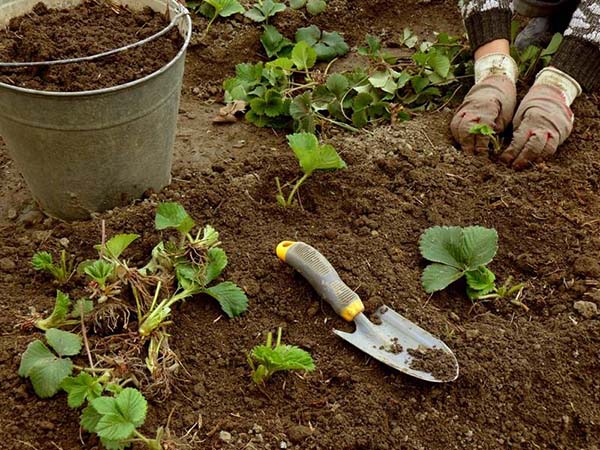
Content
Crop rotation and crop proximity rules
I have not heard about crop rotation and the rules for changing crops in the garden, it seems, only the lazy one. The fact is that each cultivated plant grown in the garden requires certain minerals contained in the soil for growth and development.Therefore, if a particular plant is grown in one place for several seasons, then it depletes the soil, taking away not all macro- and microelements from it, but only those that it requires. Also, each specific plant can only be attacked by certain pathogenic microorganisms (diseases) or pests that remain to winter and multiply in the same place.
In order to prevent the complete depletion of the soil and its infection with infections and harmful insects, it is necessary to periodically, most often annually, change vegetable and garden (berry) crops in places.

When applying fertilizers, you need to take into account which of them have already been used when fertilizing predecessors. Also, if possible, should be planted on the site siderates to improve the structure of the soil and its enrichment with organic substances.
Important! It is easy to understand that if you follow the rules of crop rotation and the correct neighborhood of cultivated plants, you can significantly increase the yield of vegetables and berries.
Then it is better to plant strawberries in autumn and spring: successful predecessors
Important! You should know that strawberries grow well in one place and bear fruit of high quality, as a rule, no more than three seasons. Already for 3 years, the plant should be renewed (rejuvenated) to return its optimal productivity, i.e. plant or transplant, propagating in one of the ways. Details of transplanting strawberries in spring, summer and autumn you'll find in this article.
To plant strawberries in the autumn or spring, you need to select exactly the place where the correct predecessors grew before. In this case, it will be easier to care for the strawberries, because the soil will be as suitable as possible in its structure and composition, and the possibility of the appearance of diseases or "harmful" insects will be significantly reduced.
Advice! In any case, about a month before planting the seedlings, it is advisable to dig up the site, removing all remnants of previous crops, and also get rid of weeds. In addition, it is required, if necessary, to apply fertilizers (for digging).
So what are the best precursors for planting strawberries (garden strawberries) in their place?
Siderata
First of all, in the area where strawberry seedlings will be planted, it is recommended to plant a year before planting plants - sideratesthat will enrich the soil with organic matter, loosen, reduce acidity and get rid of many diseases and pests:
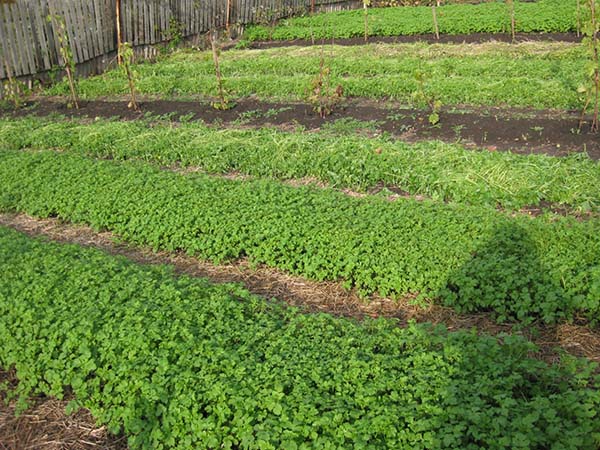
- rape promotes an increase in phosphorus and organic fertilizers in the soil, and also prevents the leaching of nitrogen in the soil;
- white mustard inhibits pathogenic microorganisms that cause late blight, suppresses weeds, releases hardly soluble phosphates;
- on the roots lupine nodule bacteria live, emitting nitrogen in an easily assimilable form, as well as making phosphate compounds more accessible for assimilation (releases hardly soluble phosphates) and reducing soil acidity;
By the way! Lupine is considered the best predecessor for strawberries (garden strawberries).
- planted buckwheat saturates the soil with all the main macronutrients: phosphorus, potassium, nitrogen;
- reduce the acidity of the soil can phacelia, and will also scare off the nematode and relieve late blight;
Phacelia is considered the most versatile siderat.
- marigolds, marigolds (calendula), oatswill rid the site of the nematode.
If you are going to plant strawberries in the fall, then siderates can be planted about one and a half to two months before planting and plowed into the ground during budding, shortly before planting seedlings, although it is still better to wait for spring.
Also good precursors for strawberries (garden strawberries) are:
- vegetable legumes (peas, beans);

By the way! Legumes are very often used as sideratessince they saturate the soil well with nitrogen and phosphorus.
- cauliflower;
- a variety of greens (celery, parsley, lettuce, spinach);
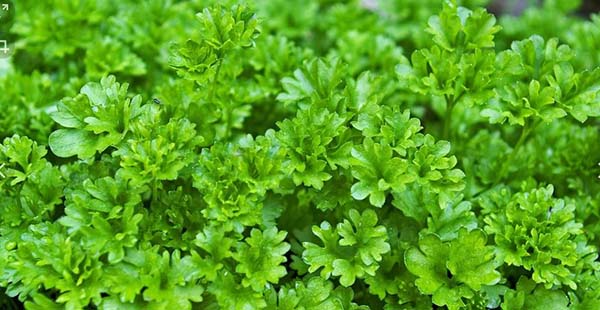
- onion and garlic.
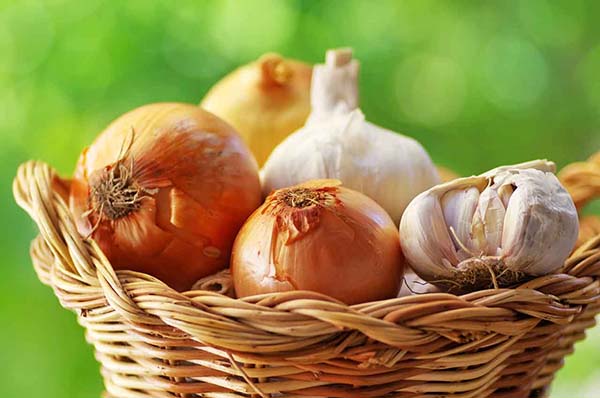
Advice! Perhaps, onions and garlic are some of the most convenient and best precursors (have a disinfecting effect on the soil) for strawberries, because You can plant garden strawberries almost immediately after harvest.
By the way! About, when to harvest garlic, read here, Luke — here, what else can you plant on the vacant beds in July-August — in this article.
The following good precursors for this berry crop are root crops:
- carrot;
- beet;
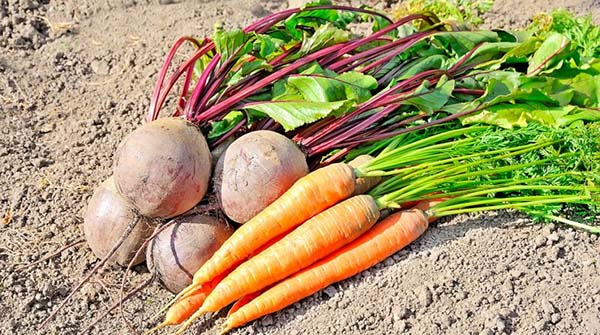
Important! Carrot harvest often harvested after frost or shortly, in other words, you can plant garden strawberries in this place only in spring. Another thing,beet. It is removed exclusively until the first night frost. In addition, after root crops, the soil is usually very depleted and needs to be restored (you need to sow green manure and / or fertilize). But these root crops do not have common diseases and pests with strawberry. Therefore, in the place where beets and carrots used to grow, strawberries are planted in spring.
- turnip;
- radish.
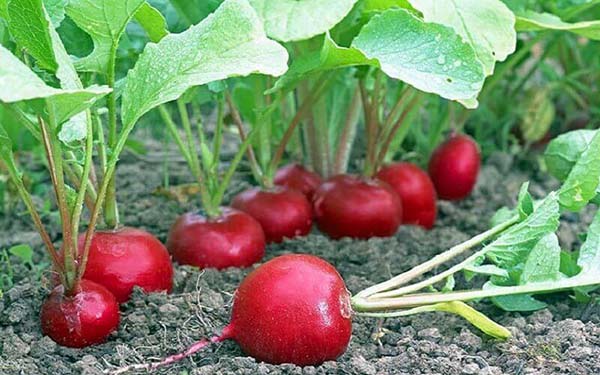
It is worth understanding! In general, the point here is that the beds are simply freed up just for summer-autumn planting of strawberries.
After what crops is it undesirable or impossible to plant strawberries: unsuccessful predecessors
However, there are a number of vegetables and shrubs that are very unfortunate or even unacceptable predecessors for strawberries. These crops take many useful substances from the soil or have similar diseases that remain in the soil and are subsequently inherited by garden strawberries. Therefore, after them, you should not plant this berry bush.
The following crops are extremely unsuccessful predecessors for planting strawberries after them:
- itself strawberry (garden strawberry);
- nightshade, such as tomatoes, potatoes, which can leave behind such a dangerous disease as late blight;

Advice! If you are still going to plant strawberries after tomatoes or potatoes, then be sure to process (spill) the soil solution Fitosporin (according to the instructions).
- all varieties of cabbage (except cauliflower)When growing, they require a large amount of nitrogen, potassium and phosphorus, as well as a large amount of moisture, which means they leave behind a very depleted soil. Therefore, it is advisable to plant a garden bed with siderates after the cabbage, and plant the strawberries on this place next year, that is, spend spring planting of garden strawberries;
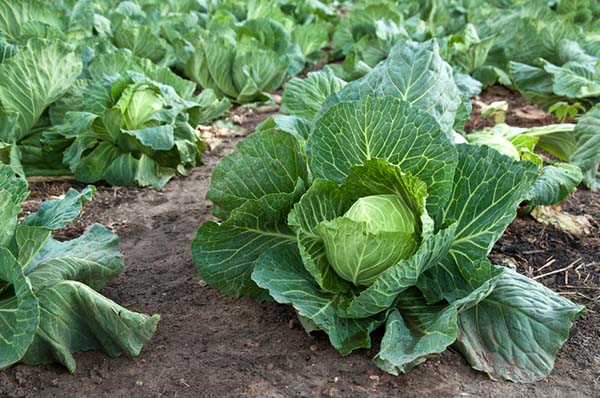
- pumpkin (pumpkin, zucchini, cucumbers, melons, watermelons) crops also impoverish the soil, taking away all the nitrogen from it;
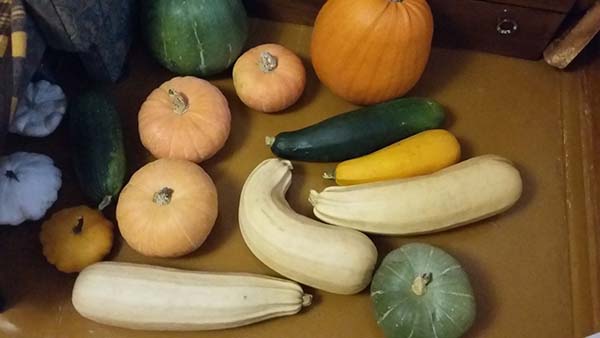
- sunflower takes for its growth almost all the nitrogen that is in the soil, and also "sucks" a lot of moisture;
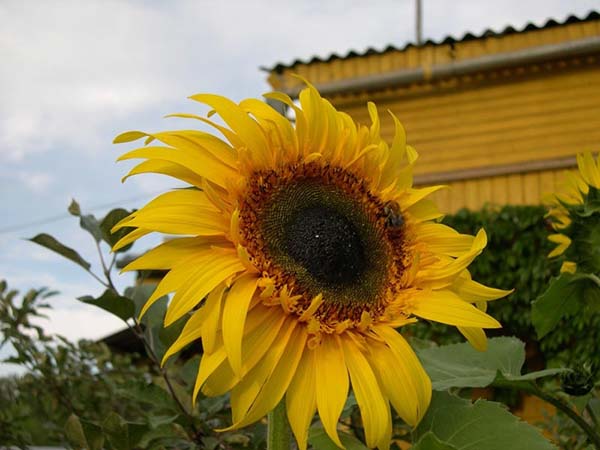
- Jerusalem artichoke (earthen pear)planted on the site is difficult to completely remove from the beds, its roots remain in the soil and in the following seasons they begin to grow again, drowning out the strawberry bushes;
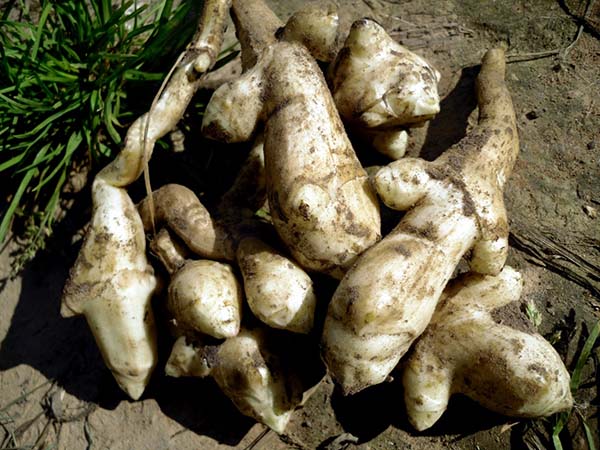
- all buttercup flowers (anemones, aquilegia, clematis, delphinium, buttercup, etc.) emit specific substances that inhibit strawberry seedlings;
- raspberry also not suitable as predecessors for garden strawberries, since they have a common pest - strawberry-raspberry weevil.

If there is no other place for planting this berry crop, and you have to make beds in the place where the above-mentioned vegetable crops used to grow, then before planting strawberries, complex mineral fertilizers and organic matter should be plentifully introduced into the soil, and also do not forget to make top dressing and carry out preventive treatments against diseases and pests throughout the season.
Next to what crops can strawberries be adjacent: the best neighbors
Since the garden plot is not dimensionless, and you have to grow different crops next to each other, you must comply with a number of basic requirements and rules in their neighborhood with strawberries:
- You should not plant plants that need the same mineral elements for normal growth and development.All plants will try to "suck" these substances from the soil, as a result they will not be enough, and the yield will decrease.
- Do not plant nearby vegetables that require a different watering regime than strawberries. As a result, some plants will suffer from a lack of moisture, while others will suffer from its excess.
- You should not plant tall plants next to strawberries that will shade it.
- You should not plant next to those crops that have diseases and pests in common with these berry bushes.
Based on the above, the best neighbors for strawberries will be (they can be planted in one garden bed or, for example, along the perimeter):
- root and leaf parsley;
- dill;
Parsley and dill theoretically can protect strawberries from slugs.
- garlic;
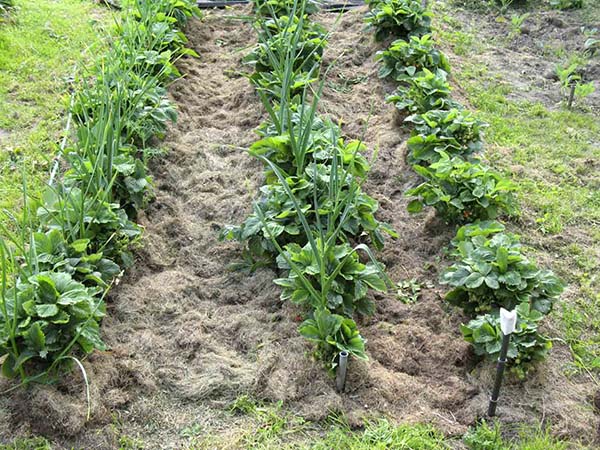
- marigold;
Garlic and marigolds, again in theory, are good deterrents nematodes.
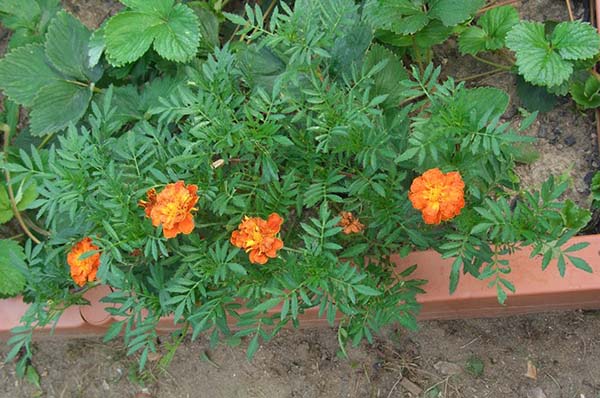
Also close to the strawberry beds, i.e. the following cultures can be placed in the neighborhood:
- beets;
- carrot;
- radish;
- turnips;
- legumes.
- various greens (sorrel, spinach, salad);
- cucumber grass.
Thus, if, when preparing the beds for planting strawberries, the rules of crop rotation are followed, then there is no doubt that the bushes of this beautiful berry culture will immediately grow well, and the yield will only increase.

